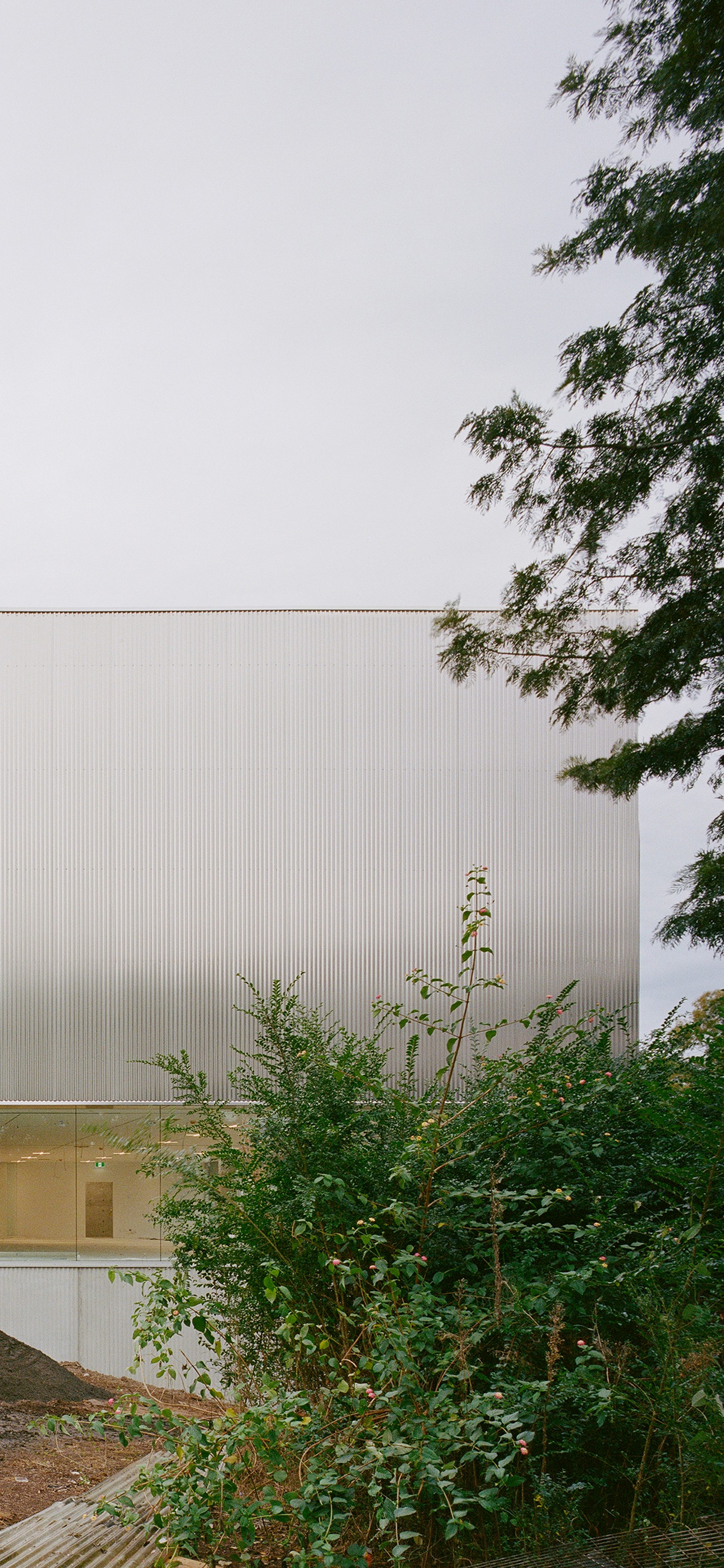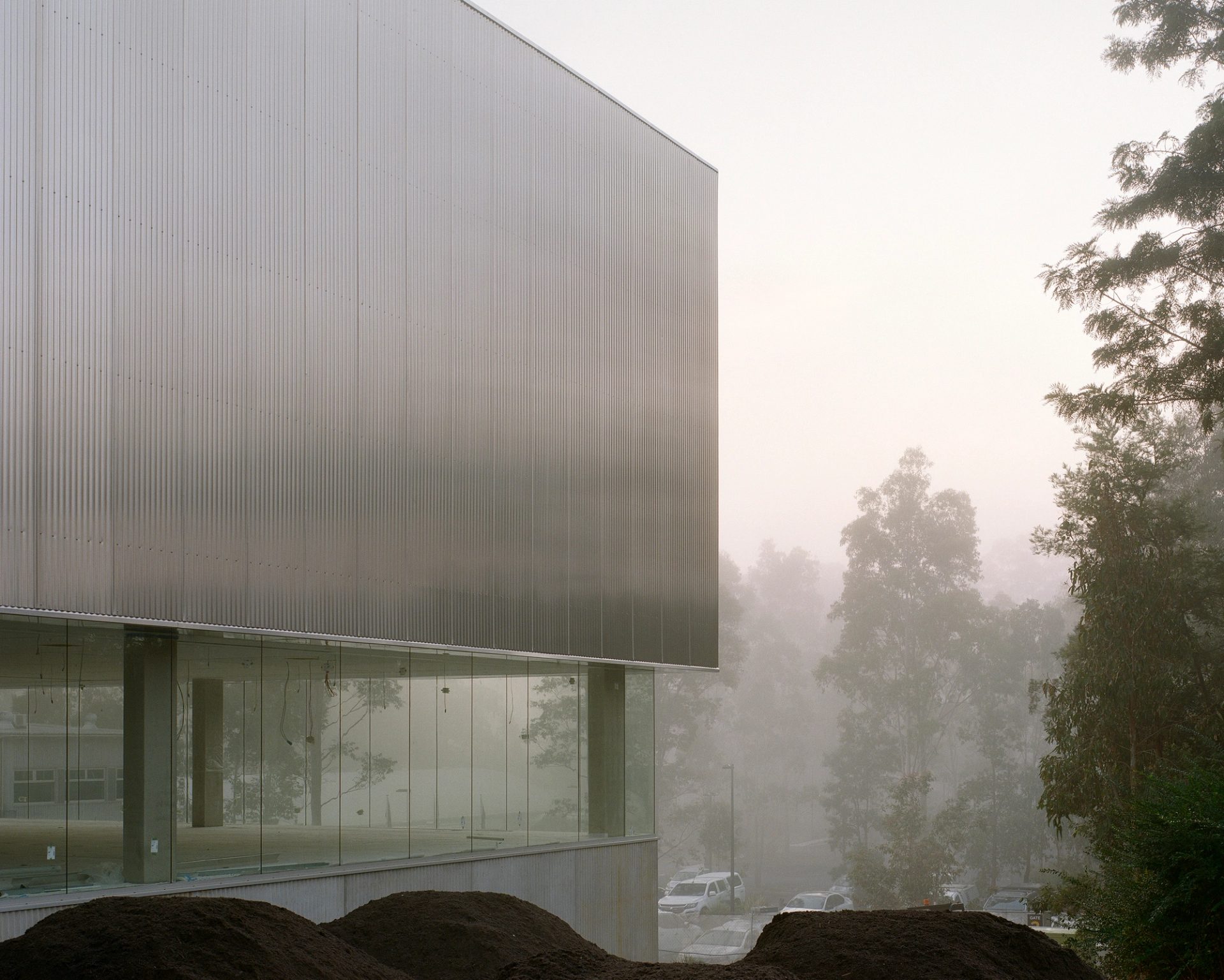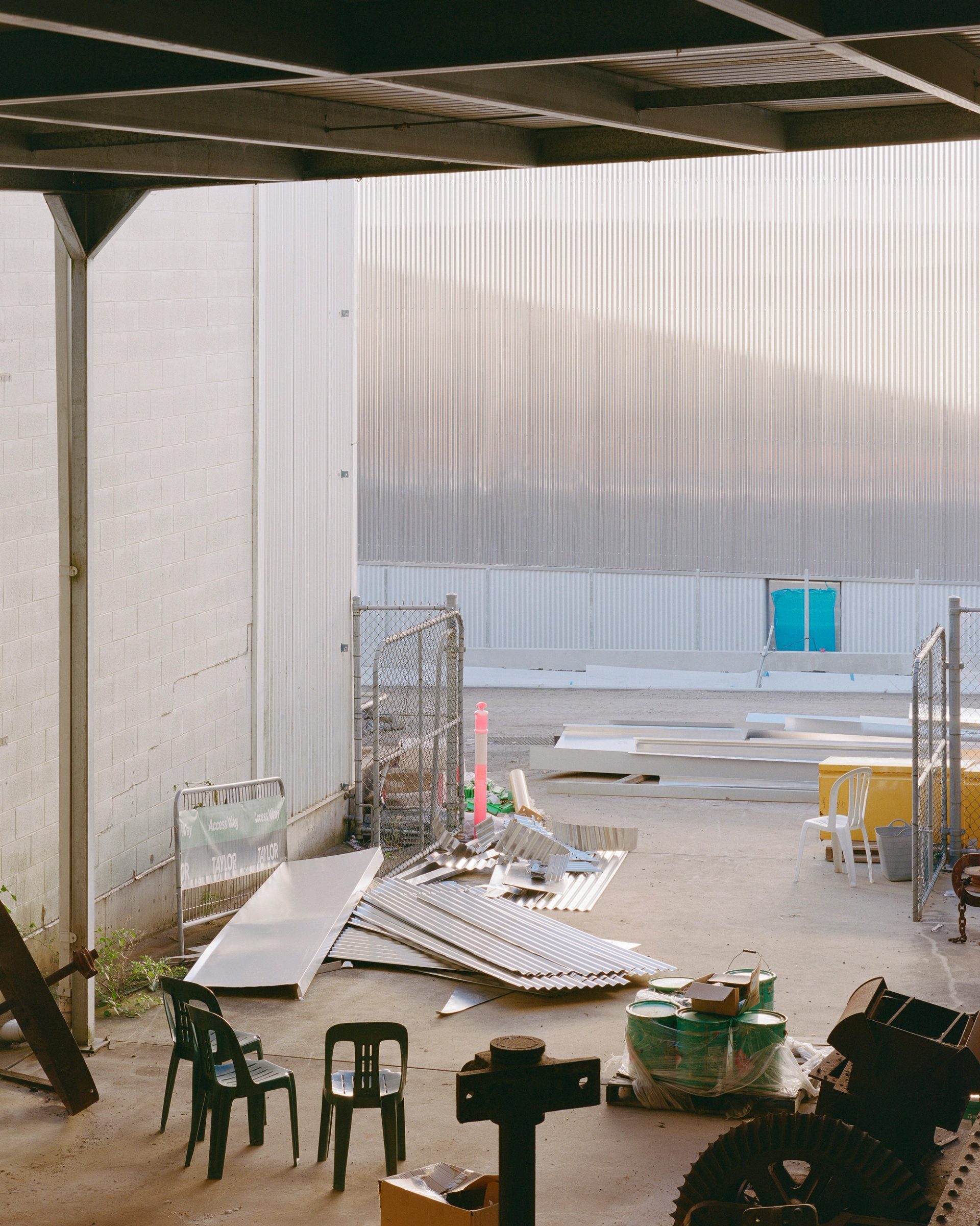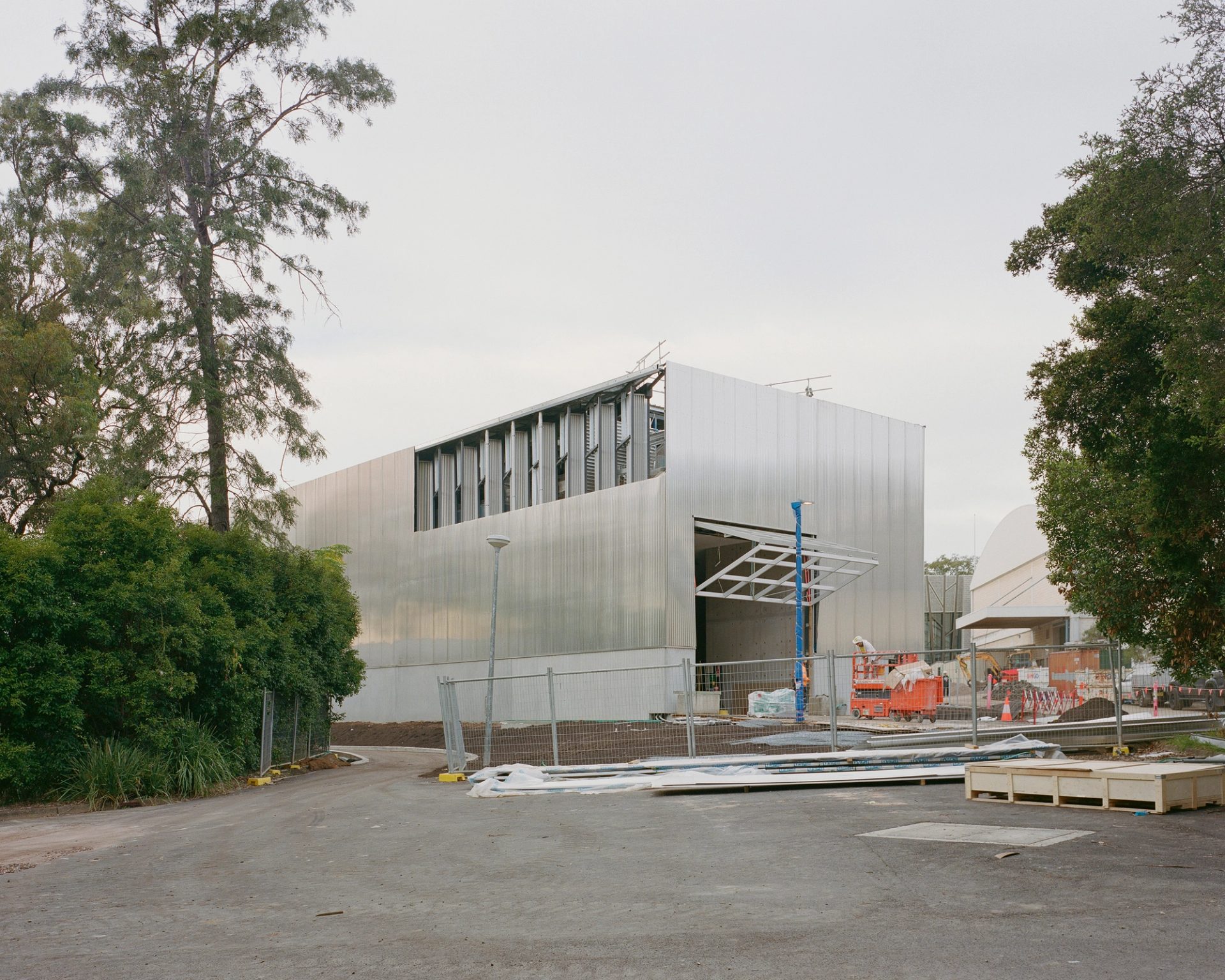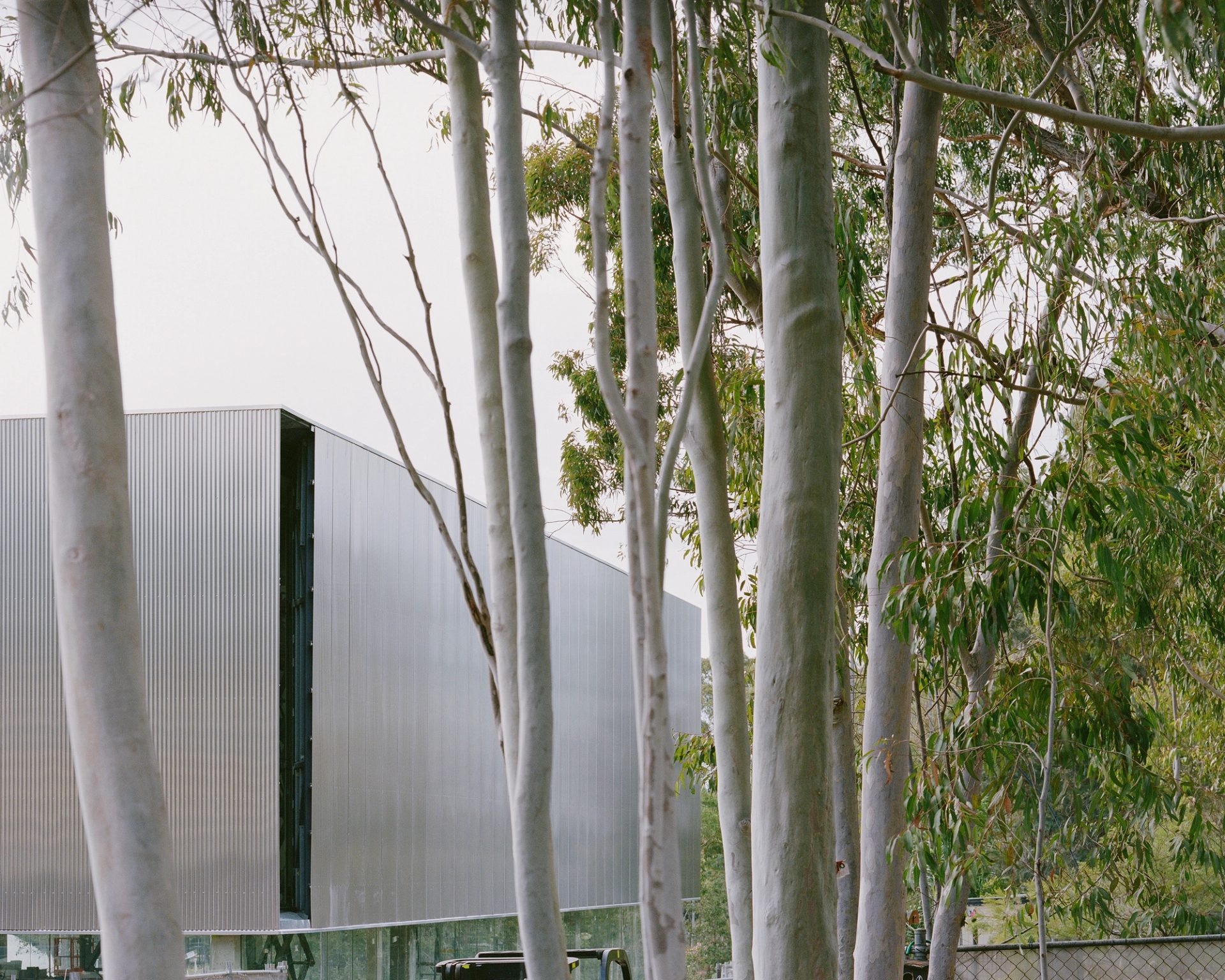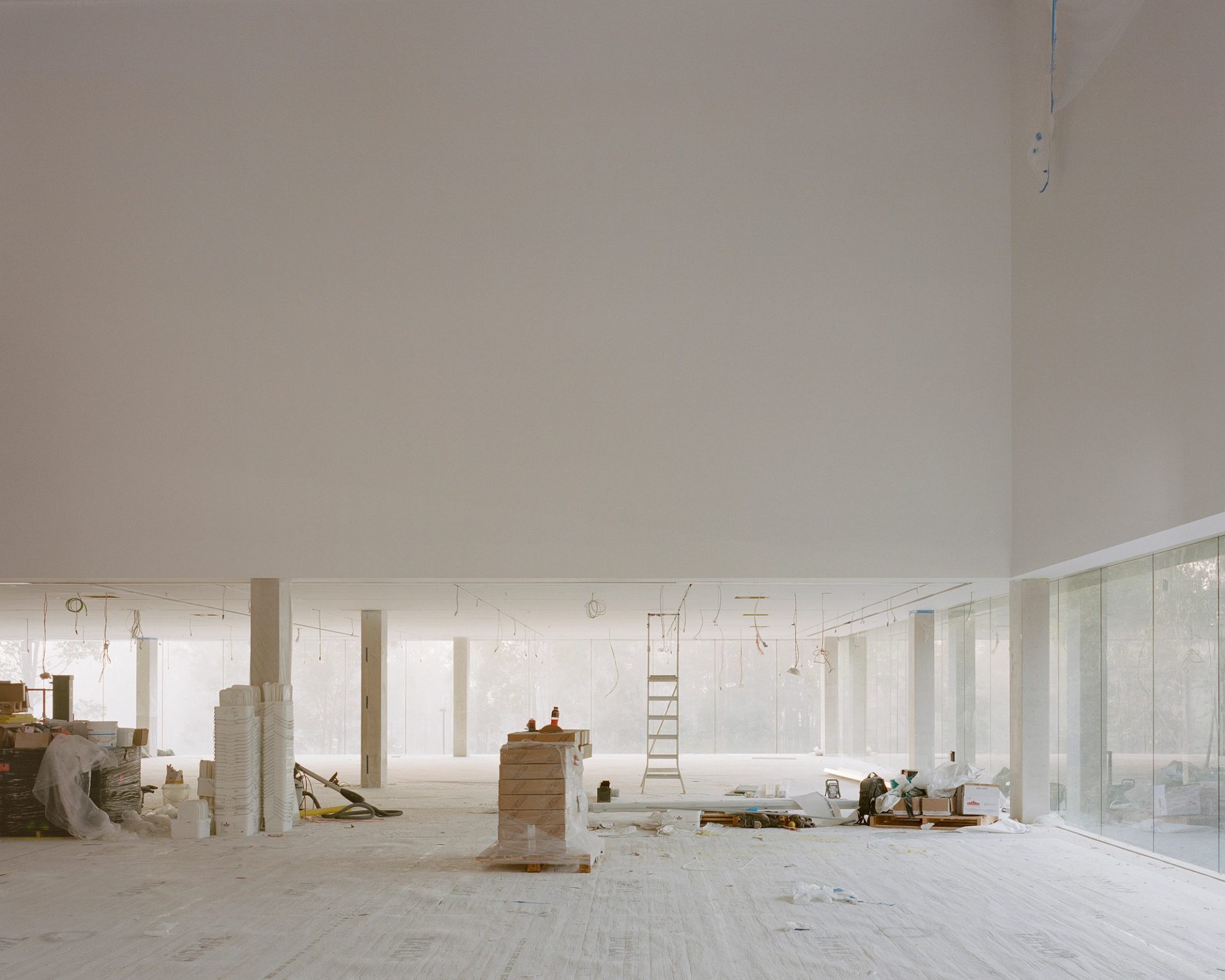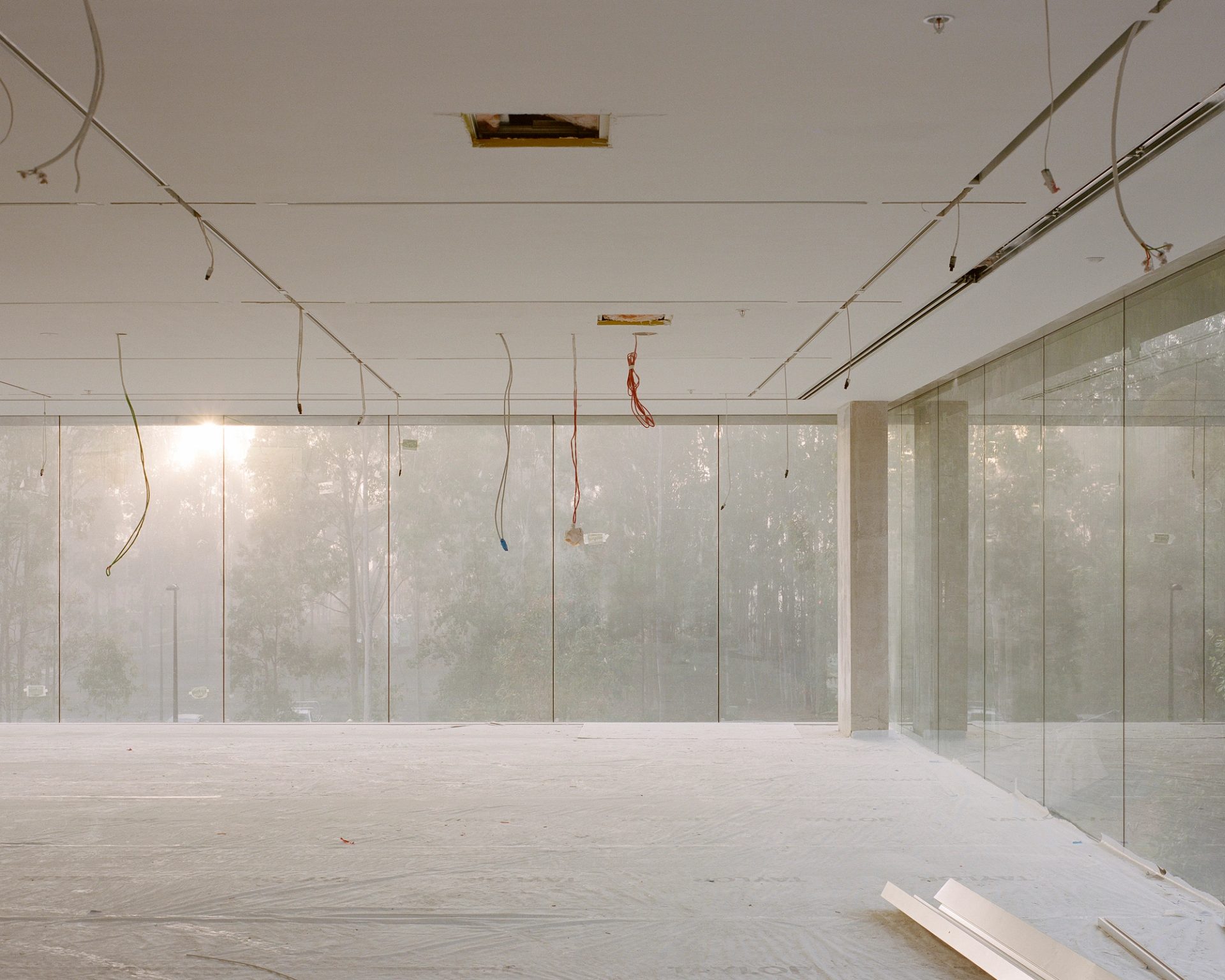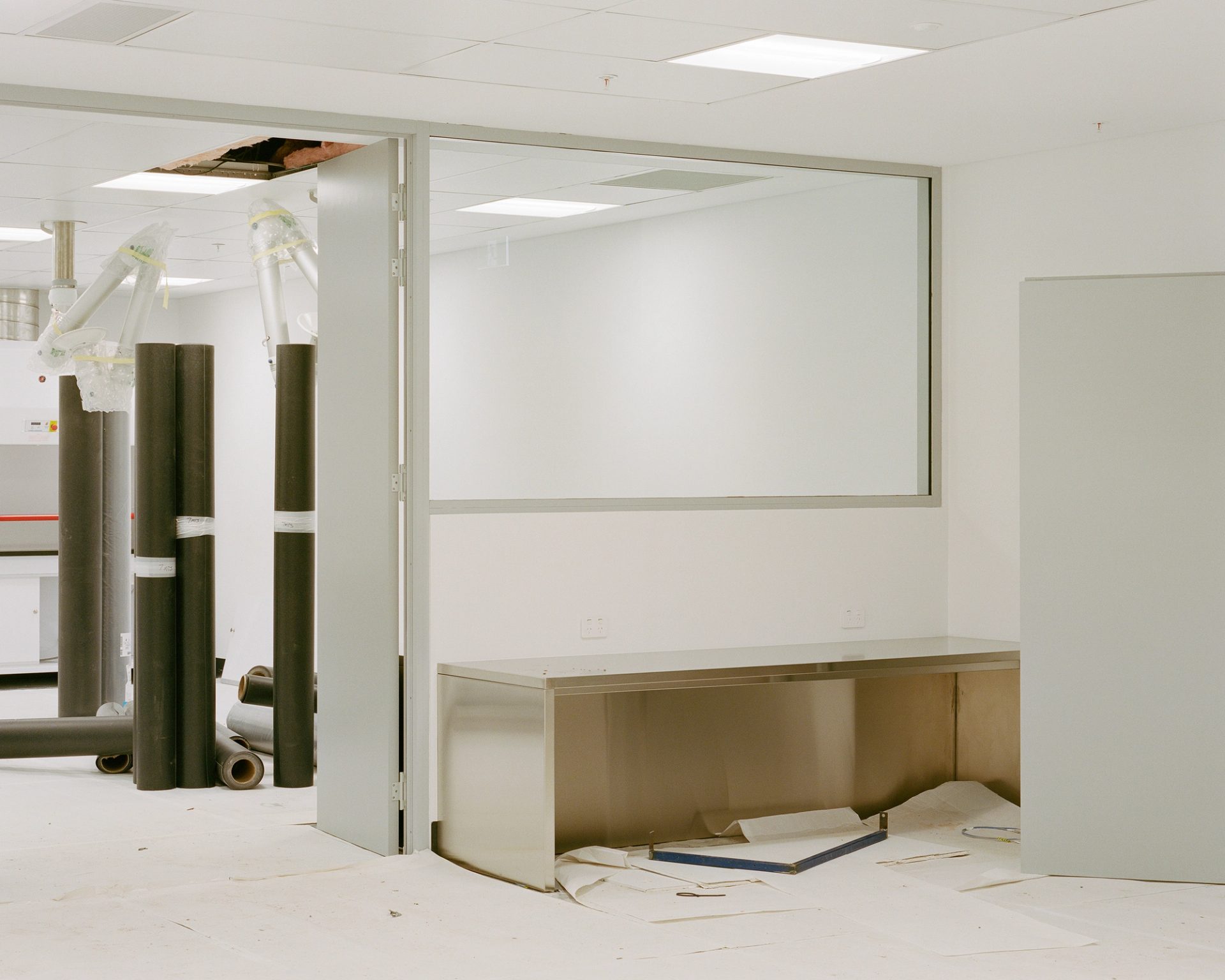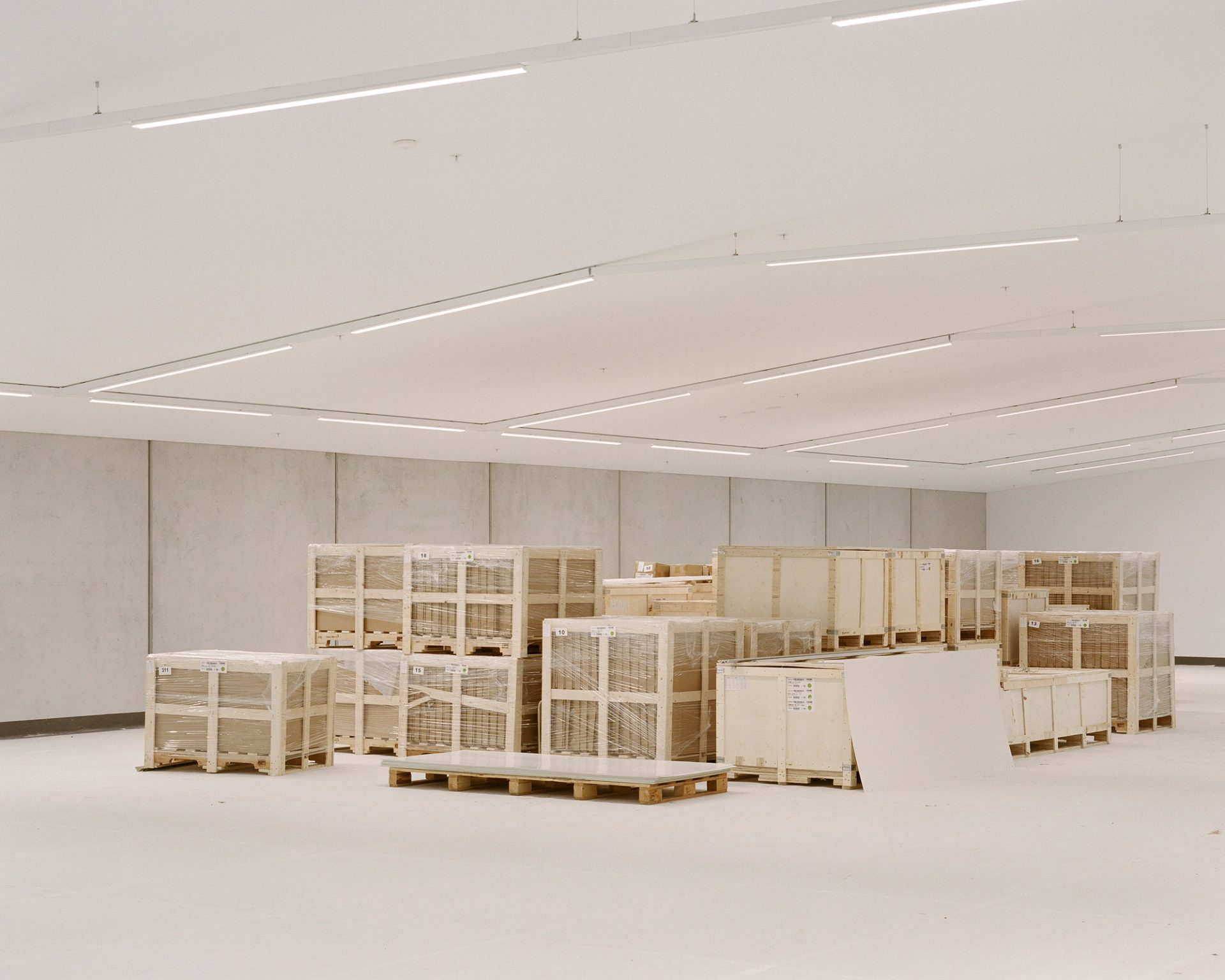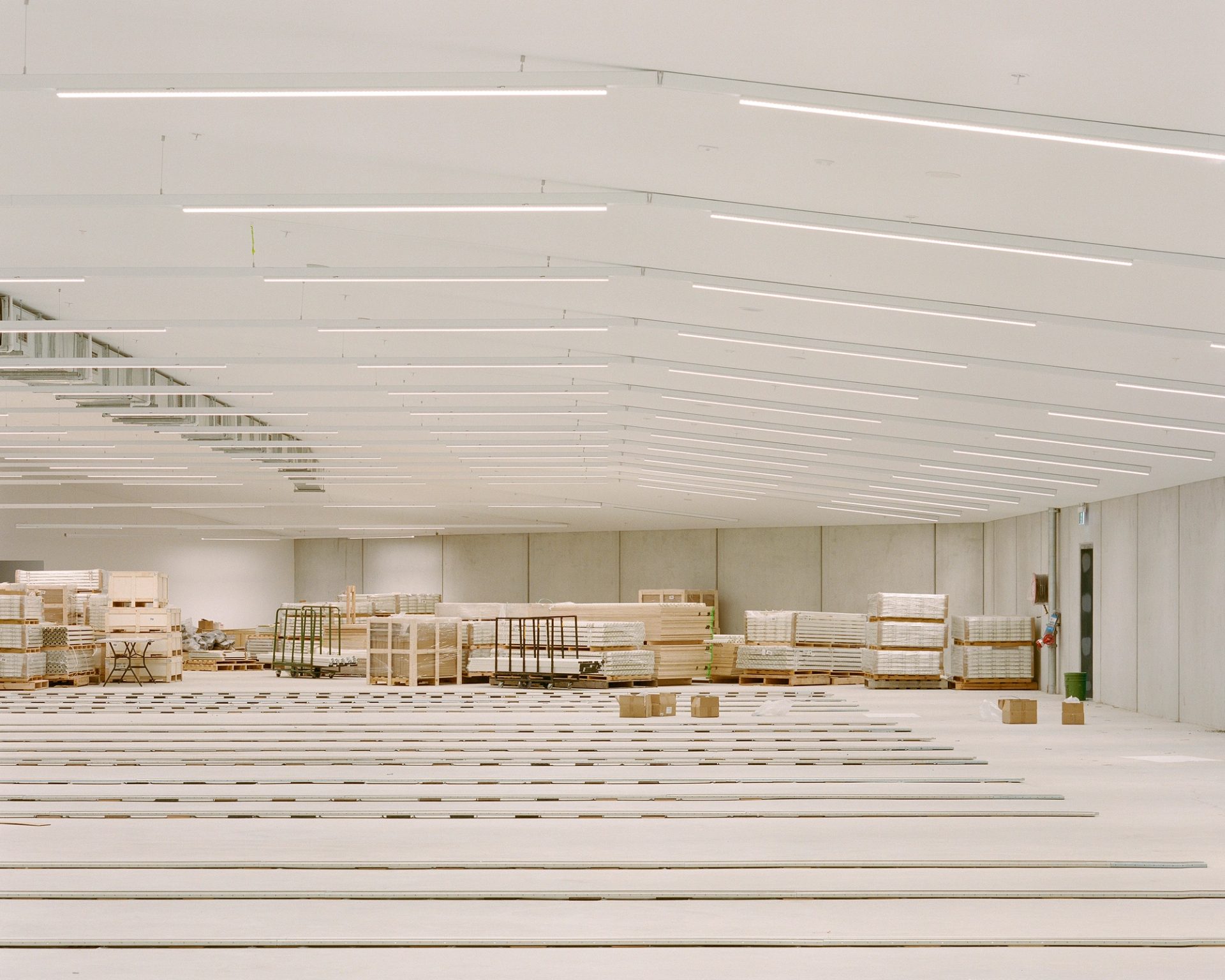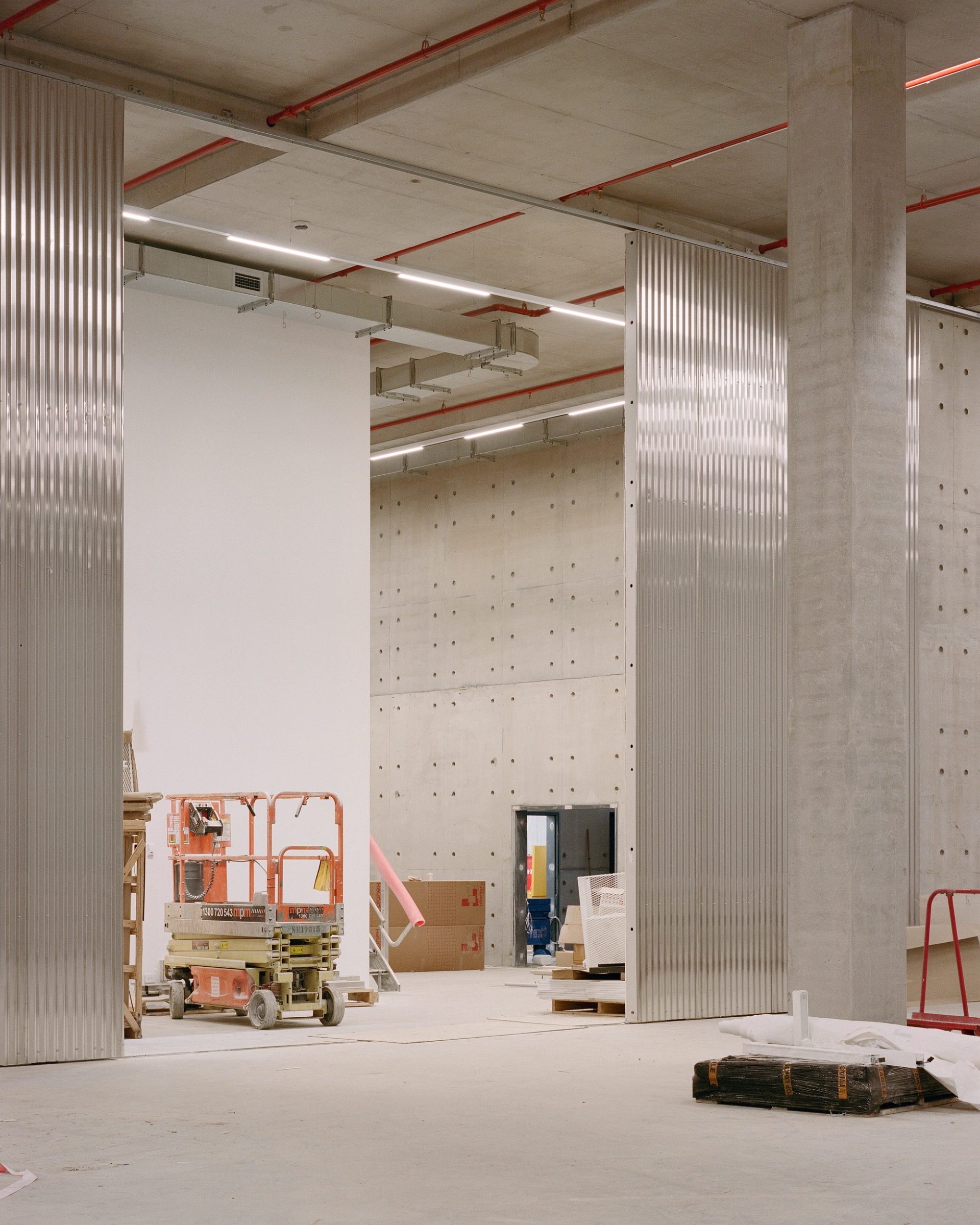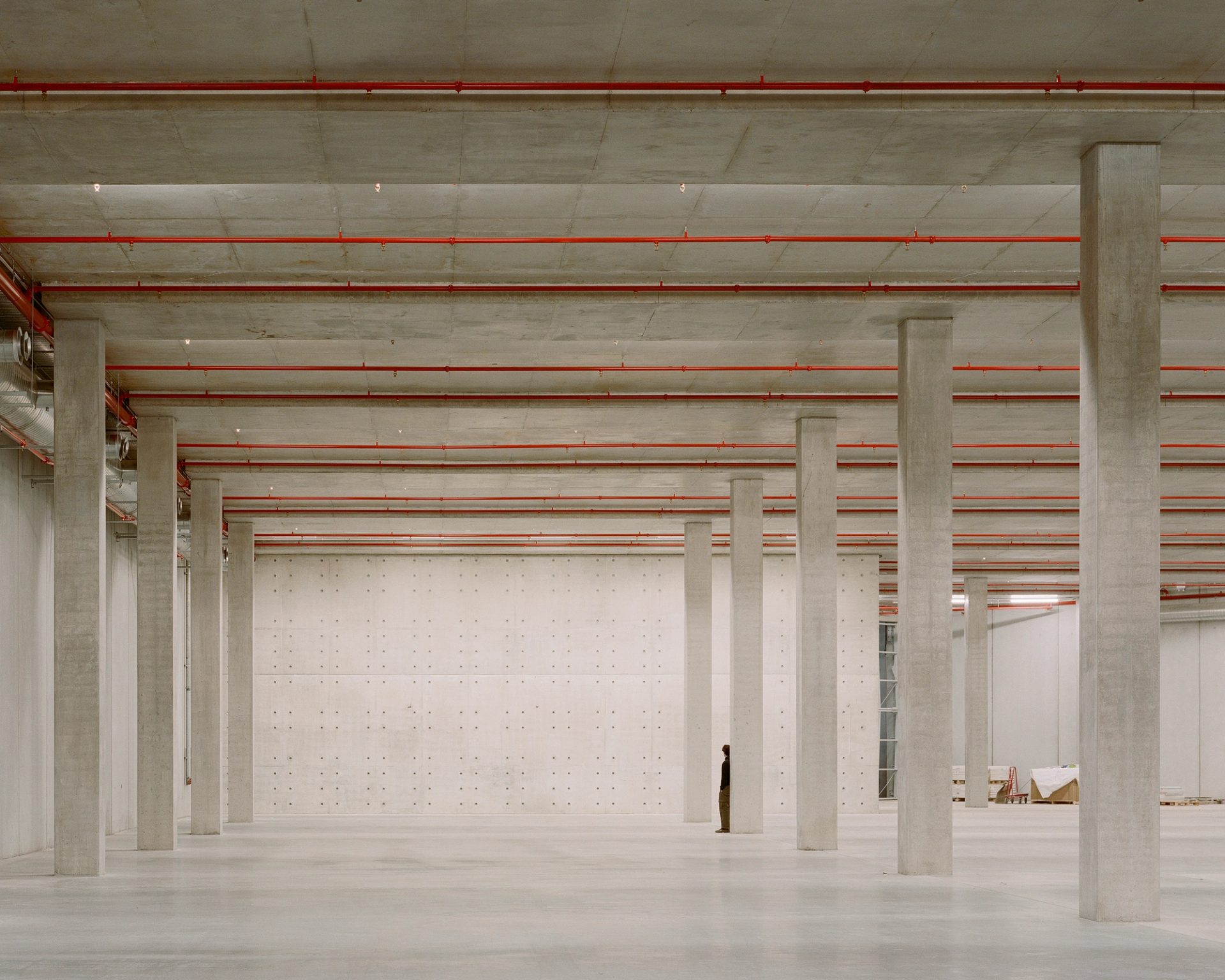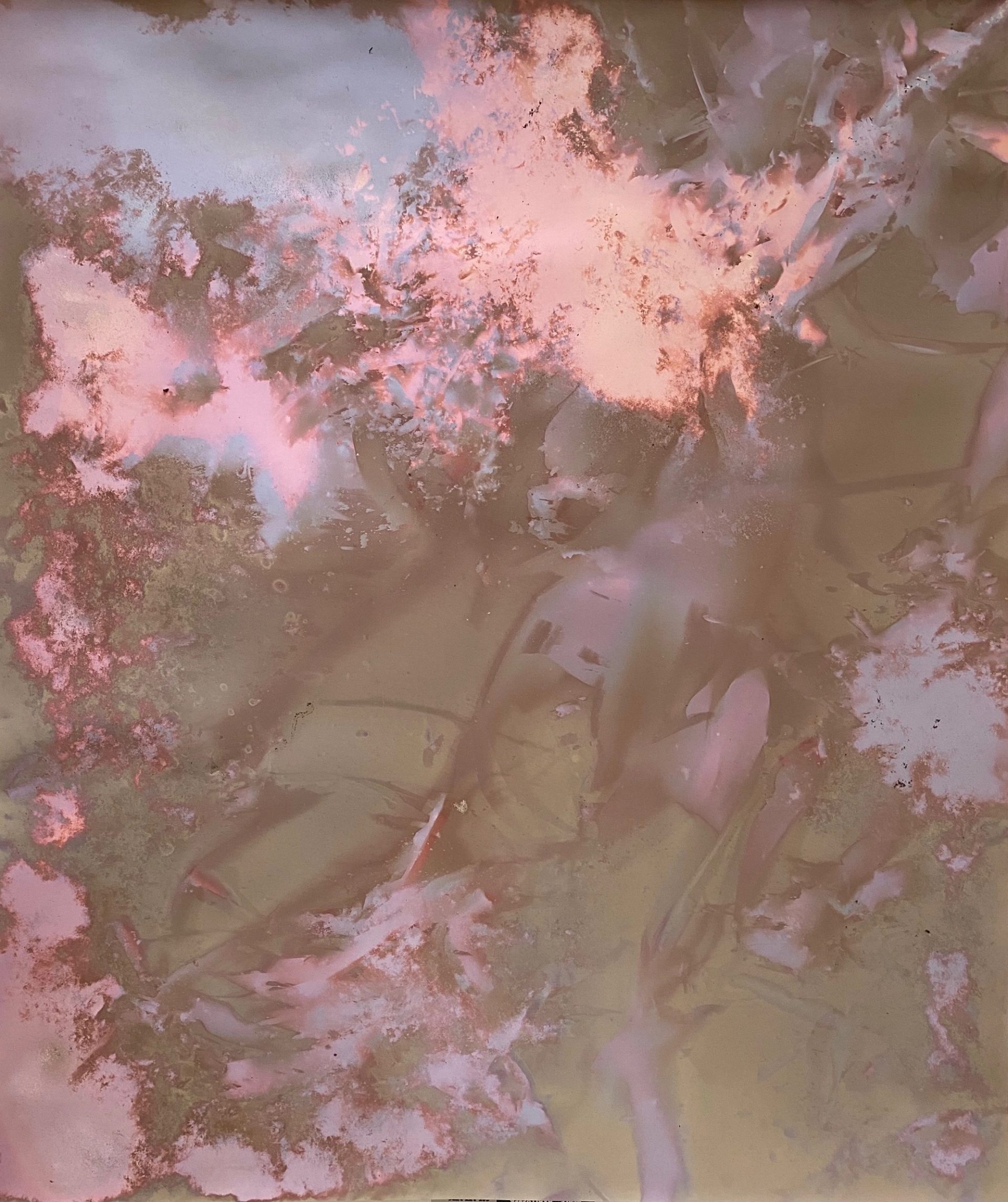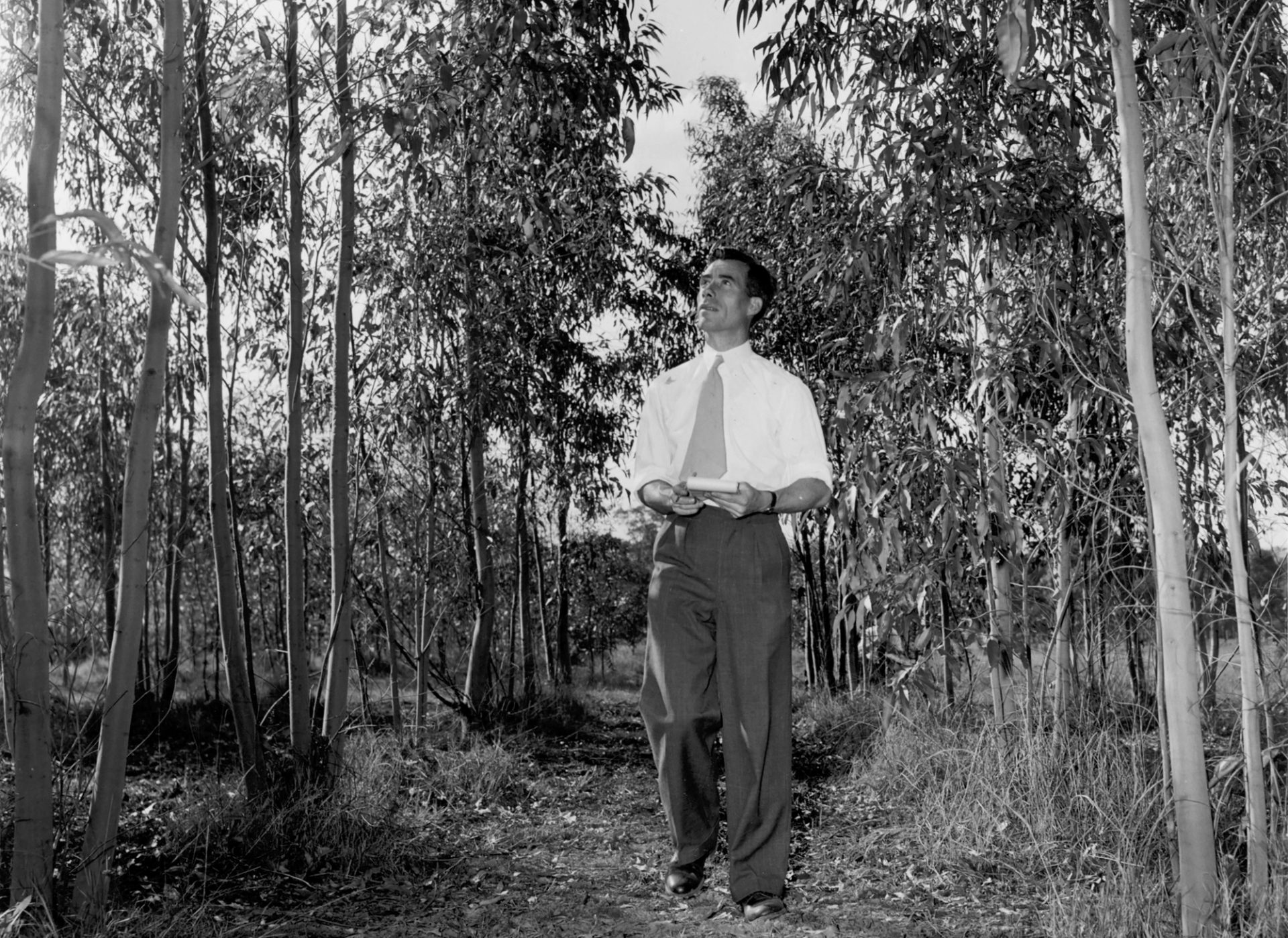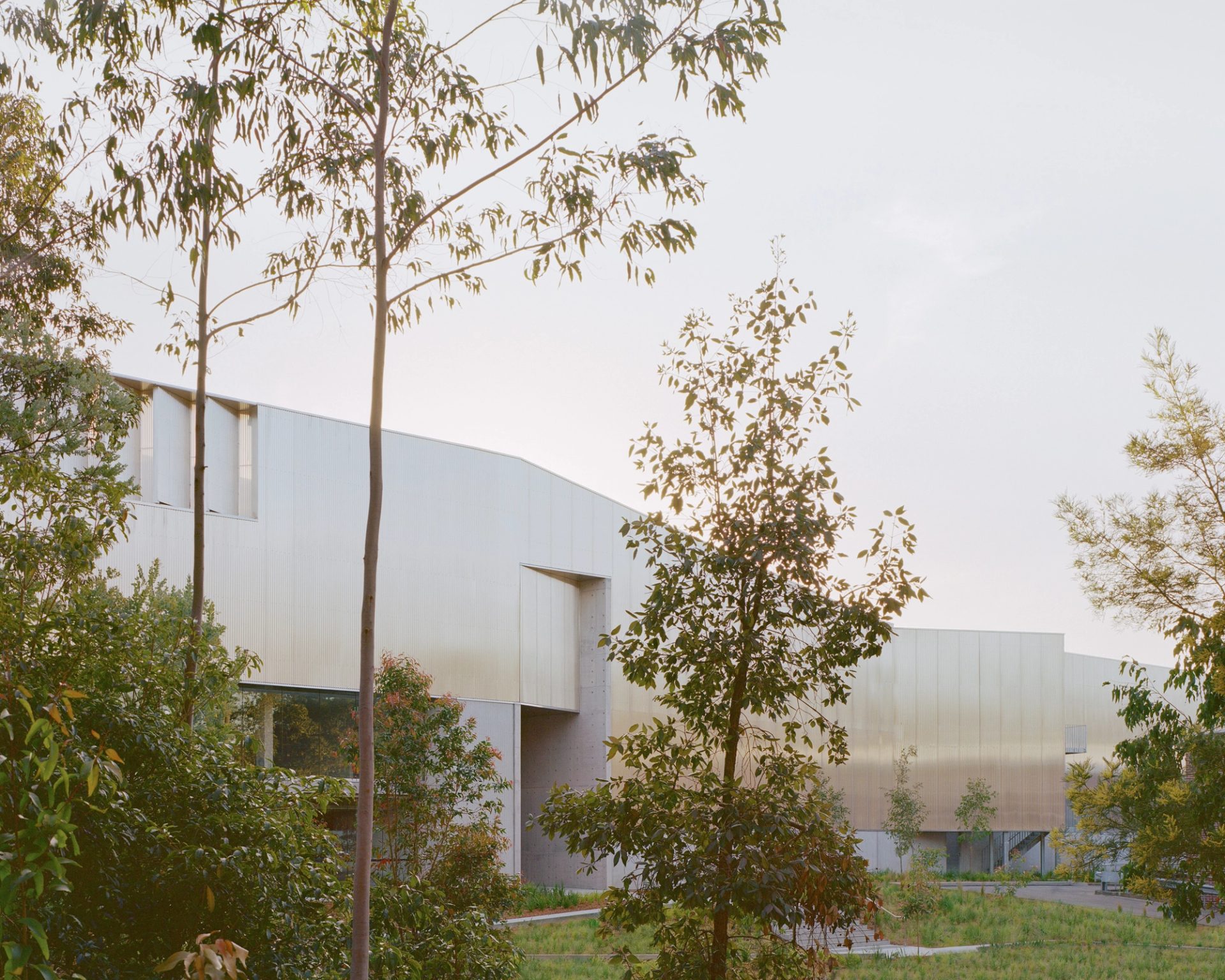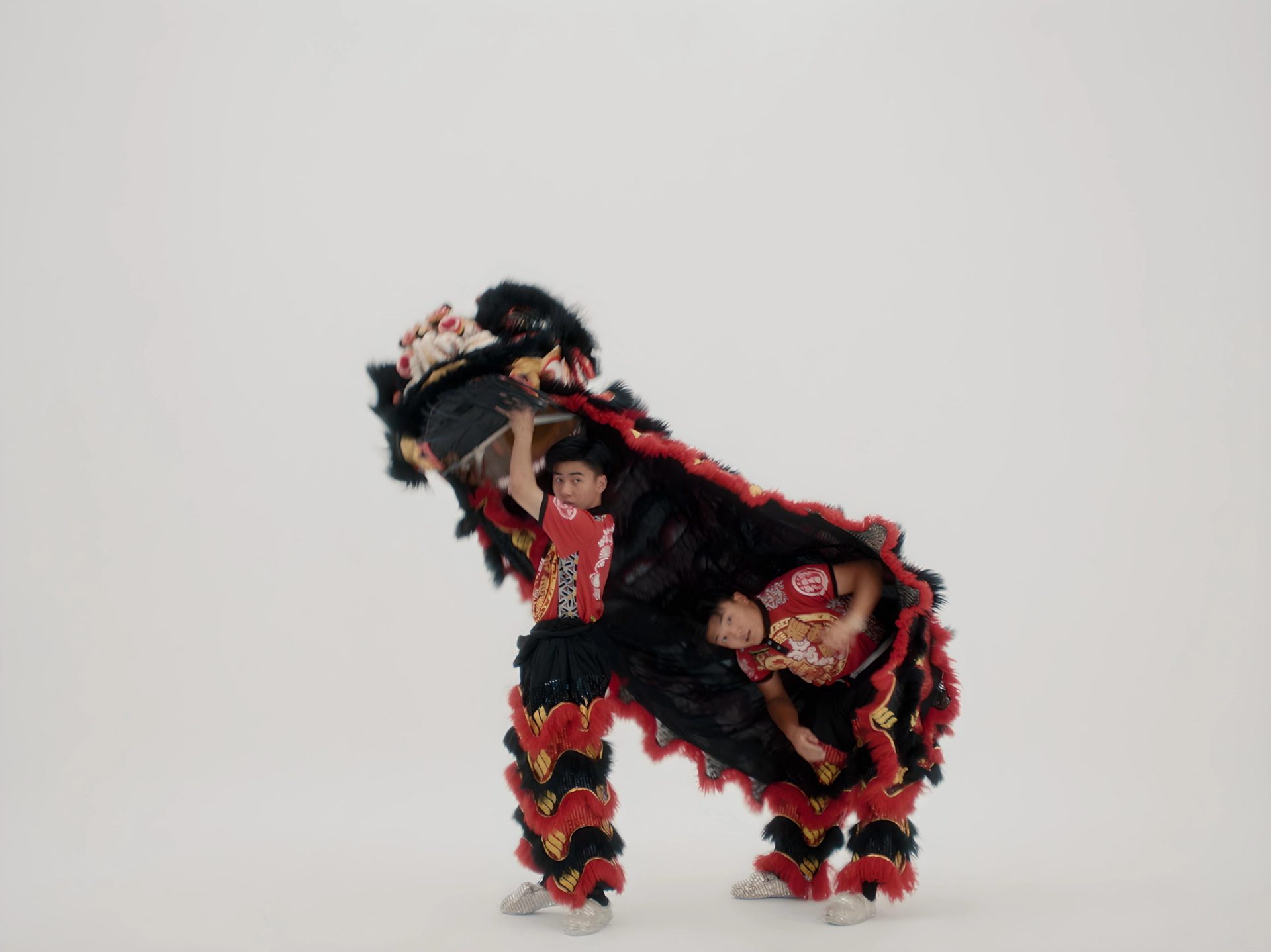The lifespan of a building

‘I don't think I can remember a building I’ve shot that seamlessly blends into the sky and the environment while still having this shimmering kind of presence.’
Australian-born Rory Gardiner is one of the most in demand contemporary architectural photographers internationally, renowned for his dreamlike aesthetic. He’s frequently commissioned by magazines, architectural firms and cultural institutions to photograph major new buildings – and remarkably, he mainly captures his epochal images with traditional analog film.
Gardiner’s practice began early: his father, who is an architect, nurtured his deep love of architecture and photography, and encouraged him to pursue his passion for photography at RMIT University. Soon after graduating Gardiner relocated to London for a decade-long immersion in its lively and highly competitive creative scene. He now operates twin bases in London and Melbourne, and frequently travels to work with prominent architects across Europe, Australasia, the Americas and Asia.
His images interrogate architectural vernaculars, blending the lines between the structure of the landscape, the objects populating the space and architectural forms to create a feeling of being present on the site.
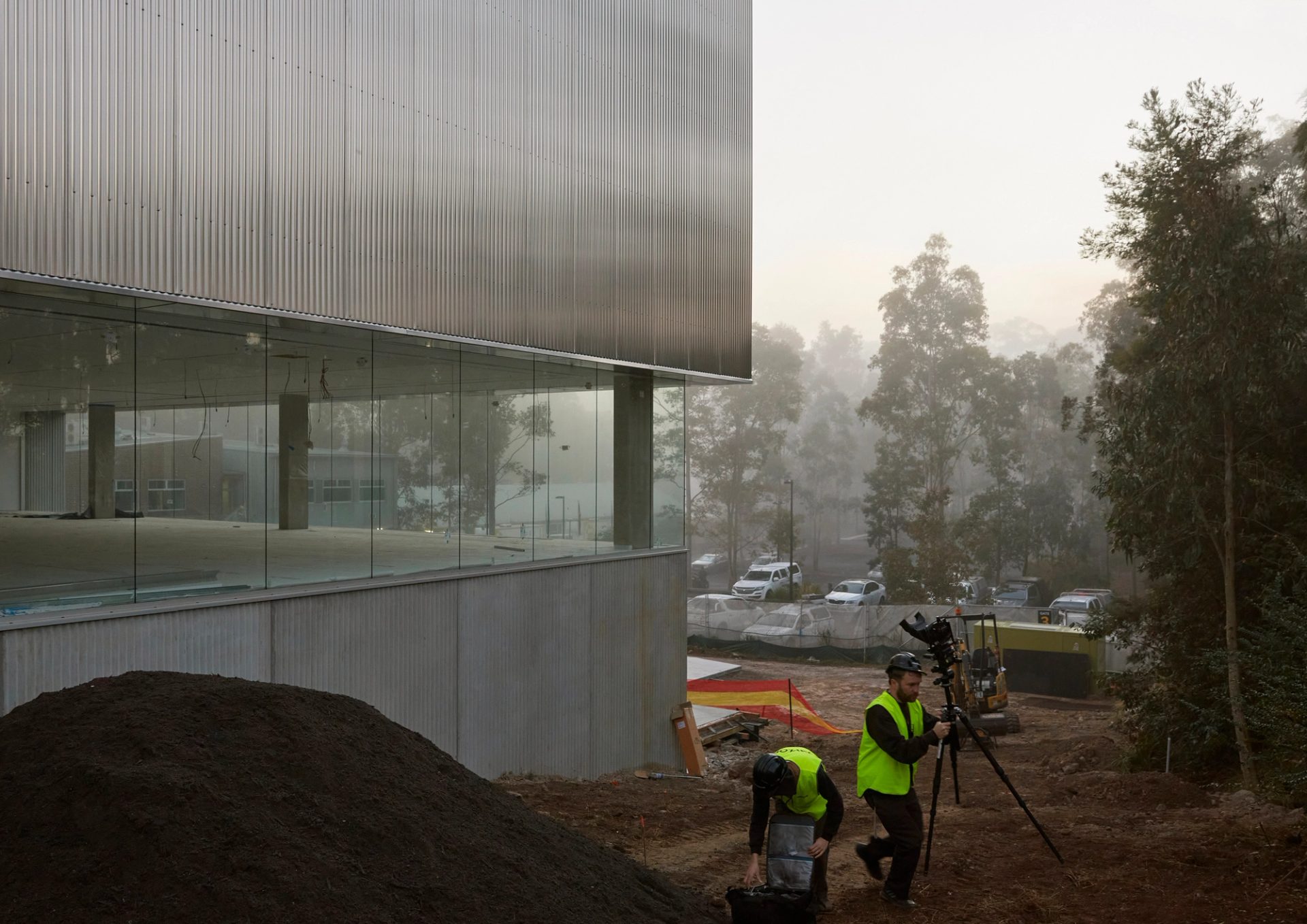
Powerhouse commissioned Gardiner to create a series of images of the new state of the art 10,000m2 expansion collection storage, conservation and research facility at Castle Hill as it nears completion.
Powerhouse Castle Hill was designed by Lahznimmo Architects to foreground the natural environment and history of the site, which previously contained many varieties of Eucalyptus trees used for Eucalyptus oil experiments and distillation in the early days of the Museum of Applied Arts and Sciences.
Powerhouse artistic associate Zan Wimberley spoke with Gardiner about the commission, Powerhouse Castle Hill , his practice and the future of architectural photography.
Zan Wimberley What were your thoughts about photographing the new building at Castle Hill?
Rory Gardiner I don't think I can remember a building I’ve shot that seamlessly blends into the sky and the environment while still having this shimmering kind of presence. And I think it's a really subtle way to use materiality: the materiality renders it looking quite incredible in this subtle way at all times of the day.
The building is gentle enough to not take up all the presence. So it gives emphasis to what's around it as well. In that way, it allows the compositional weight to fall away from the building, which then gives you this negative space in this big area of clutter, having these huge facades that are so clean, which is quite rare. It's a joy to photograph so much negative space while photographing a structure.
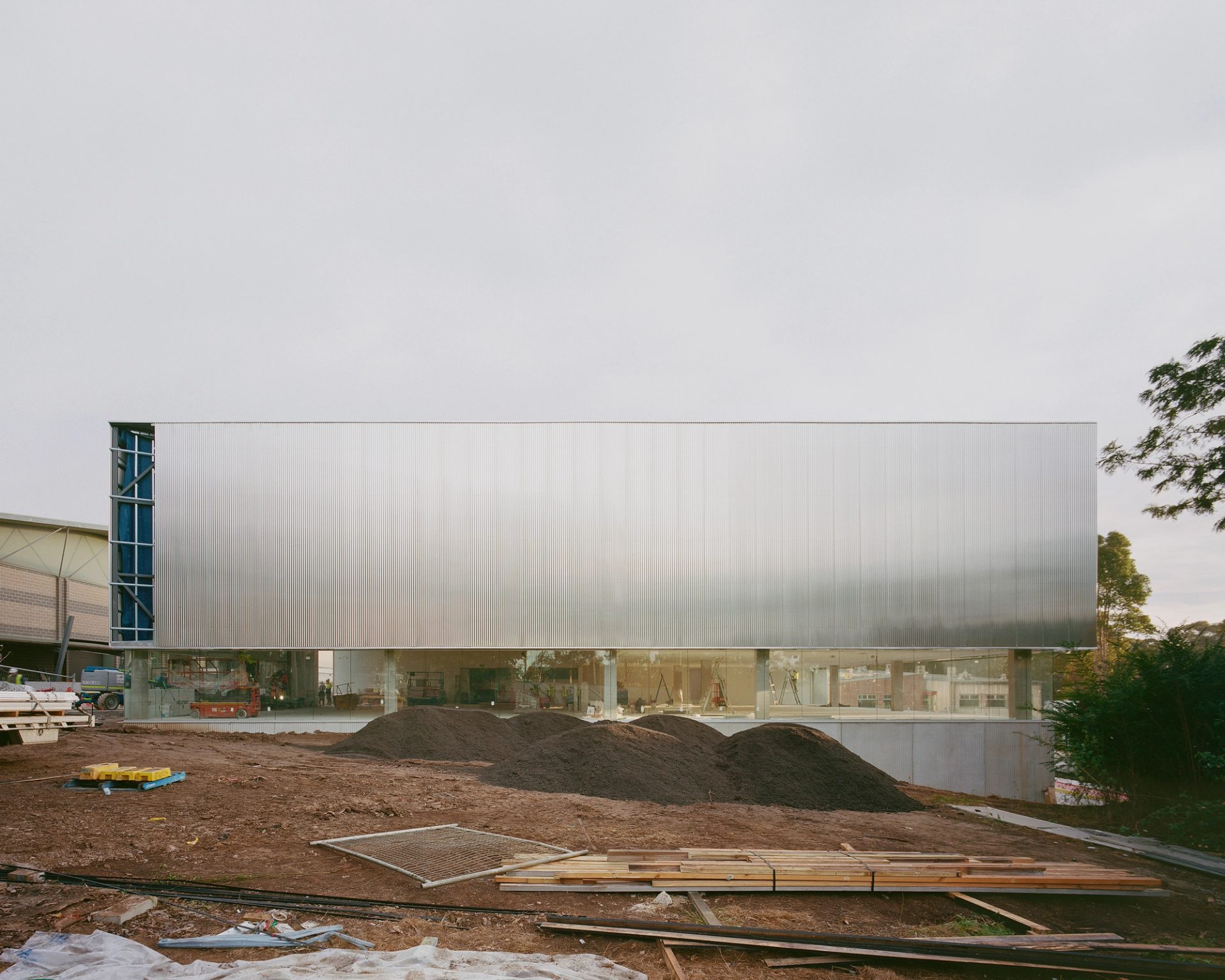
‘There's this tension between the past and the future that you're not going to see if the building's just perfectly clean and ready.’
ZW It was a really particular moment that you came to shoot. Rather than this perfect moment that architectural photography usually occurs, we did the photography while the trades were still working and the site was a few weeks away from completion. You’ve said you prefer these ‘before’ and ‘after’ moments when photographing architecture, why is that?
RG I'm trying to expand my understanding of temporality in architectural photography. I think about this a lot: if we capture the building in that perfect moment, I don’t think we're really being honest. I don't think we're bringing a level of sophistication to how we talk about architecture and how we present it.
It's not that I particularly take issue with that perfect moment, but I do take issue with it being the only representation of the building. I think the architectural community, which I consider photographers part of, could be thinking more about the lifespan of the building and what that looks like.
You have this crossover period where there's trades, the people who have been constructing the building and the people responsible for the building's existence, and then there's traces of the people who are actually going to use it.
There's this tension between the past and the future you're not going to see if the building is perfectly clean and ready. In a way, it's truer to the original theories around photography about capturing moments and preservation of time, whereas if we just want to present a perfectly clean building, I think we can do that through renders.

ZW Do you think the role of photography in architecture is shifting because of renders and the emergence of AI imaging technology?
RG I think there'll be a big hunger to document things that are real and to remind people of reality. We're already seeing it in advertising photography a bit as a reaction to all the rendering stuff in the last few years.
We’ve had so many iterations over the past two decades where now rendering works and we can retouch our images. Everyone can do it themselves. And now they can put a filter to make it look like film. I can't even tell.
If you think about that change in the 1990s, where if an architect built a building and you turned up on the day and there was a car out the front or whatever, or you know, piles of dirt got dumped in front of you as they did for us in this (Castle Hill) shoot, you have no option to remove it. That was very recent. I think that finite ability that was there in the 1990s was emancipating, because you couldn't retouch stuff. But maybe that’s because I've got so many options available.

ZW Is that why you shoot on film? So your work is grounded in the ‘real’?
RG Yes… No. Because in theory, I can just retouch in any way that anyone can on digital. I think shooting film has made me a much better photographer. A lot of people can do it really well in digital, but I can't. When I get on digital, I just spray everywhere and take every option and I'm indecisive. I don't like the photographer I am when I work that way.
The reason I shoot film is probably not what people think. Yes, you can make an argument about film receiving light in a different way. It's a little bit more poetic. But that's not the reason.
I shoot film because of the way the camera works: that little box dictates so much about how you can tell the story or interact with whatever it is you're trying to photograph. There are these physical and optical restrictions or freedoms that you choose.
Aside from all the lenses and everything, every time I push the button, it costs me like five bucks. It’s not a wise commercial decision in that way. So it makes you step back and be like, why am I taking this? Why is this better than this? How is it relevant to this other shot? There are four different options I could do from standing here with this tripod. Choose one. Make that decision now. So being forced to have that in my mind just changes my whole relationship with the trigger.
Only I know really what I've looked through and what I've got. Being forced to put this puzzle together in your head engages you way more with the story of the building and the wider set of images than just looking at that individual image for what it is.
The Lifespan of a Building is a Powerhouse Image commission. Conceived and directed by Artistic Associate Zan Wimberley.
More
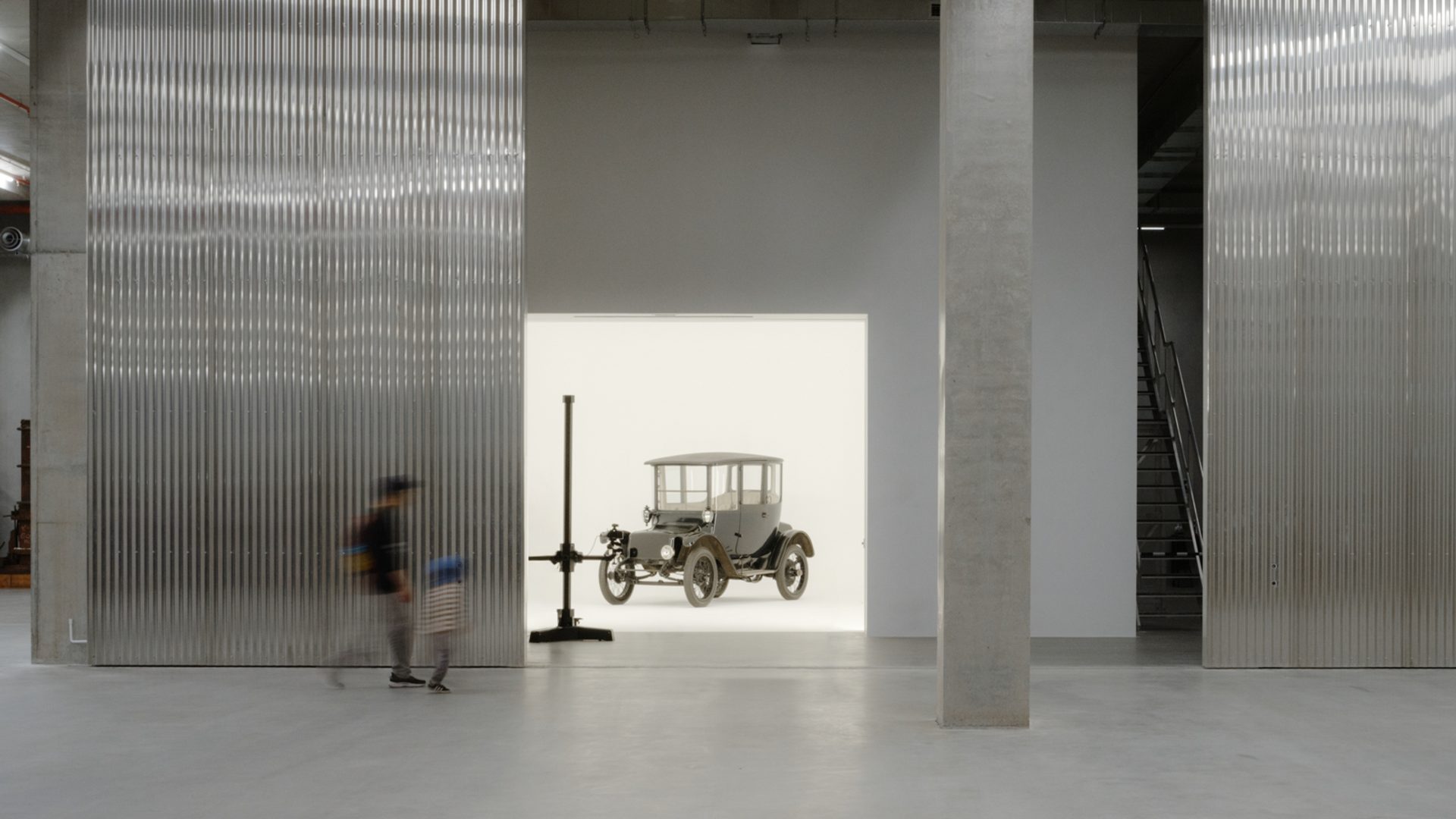
Castle Hill
Located on Dharug land, a storehouse for the Powerhouse Collection supporting research and conservation, presenting exhibitions and programs
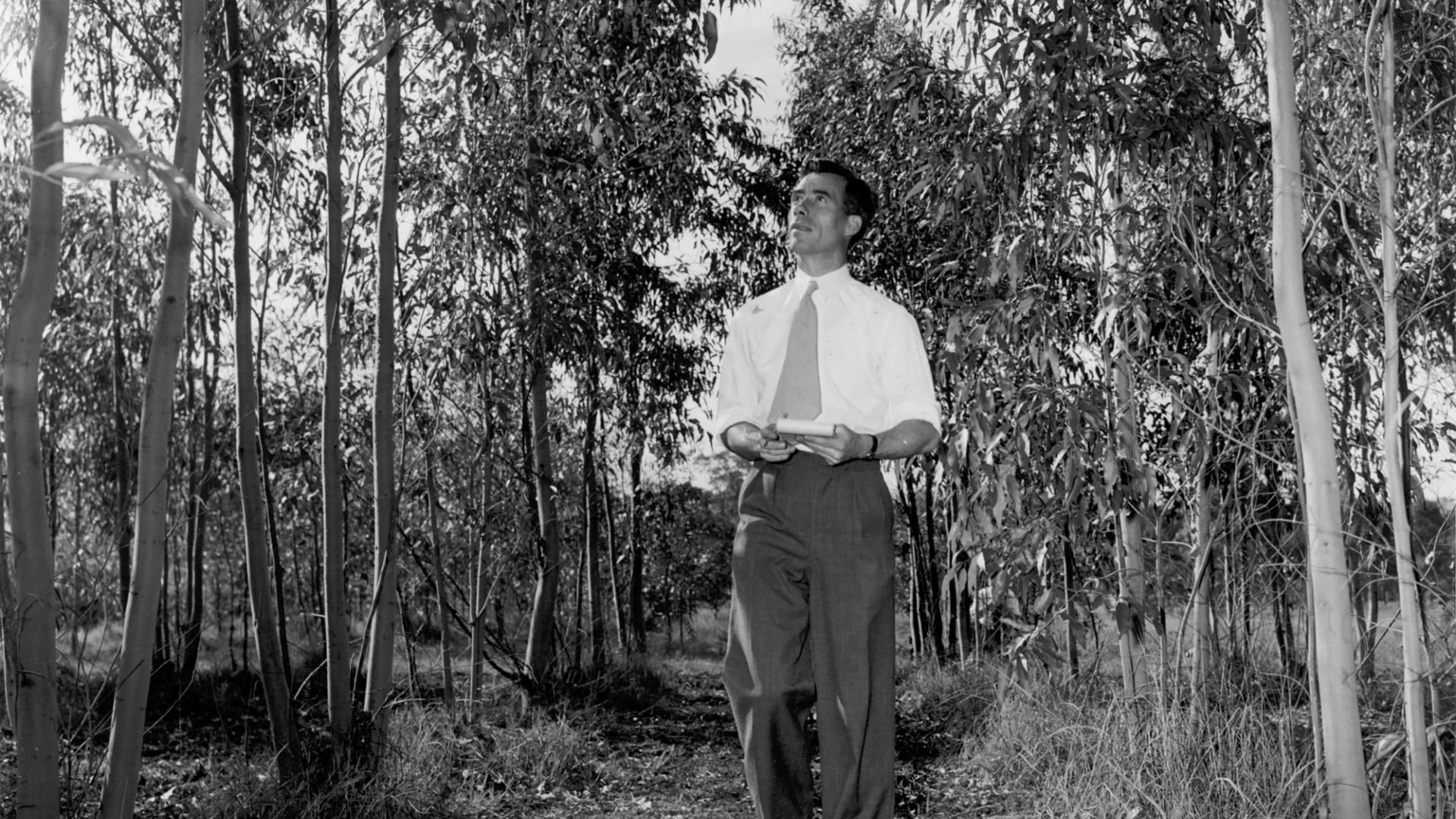
Expanding Stories of Castle Hill
Botanical research and storage space for its every-growing collection finally finds a home in Castle Hill – a site that continues to adapt over time.










